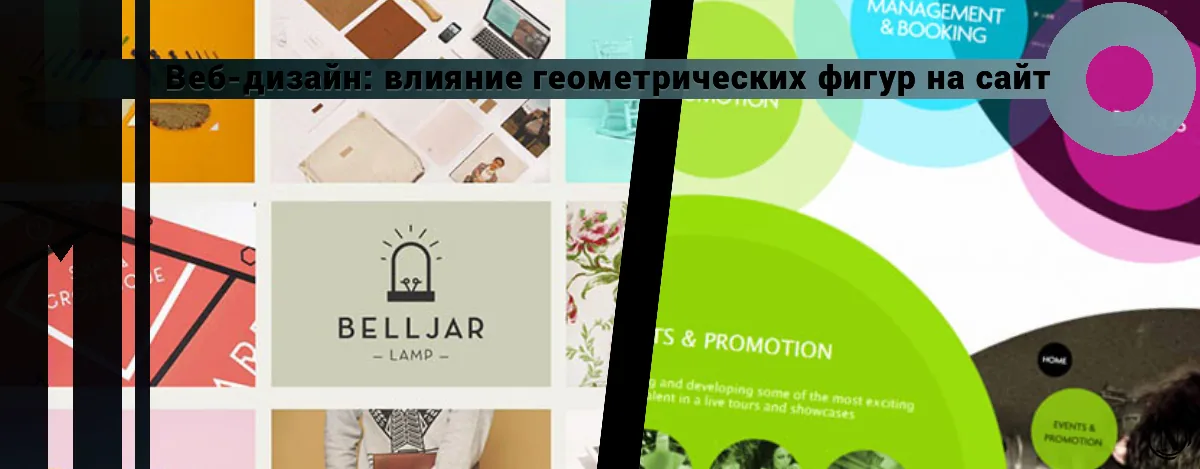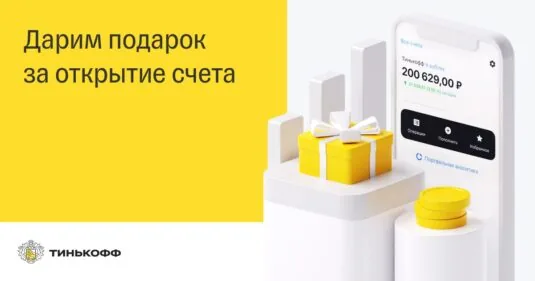Web Design: The Impact of Geometric Shapes on Your Website
 Using simple geometric patterns, which we learn in elementary school, is becoming more common on the Internet. Modern web design relies heavily on geometric shapes such as hexagons, triangles, rectangles, pyramids, and even rhombuses.
Using simple geometric patterns, which we learn in elementary school, is becoming more common on the Internet. Modern web design relies heavily on geometric shapes such as hexagons, triangles, rectangles, pyramids, and even rhombuses.
So how does this math topic affect how website users consume and interact with content online?
At school, everyone has at least one subject that makes you think: “Why am I studying this? I will never use it."
Geometry can be used on a website in a number of ways to make your content more accessible and interesting to visitors. Stacks of rectangular blocks have become a common design element on many modern websites. However, if key elements of your website are cut off diagonally instead of horizontally, visitors may be more inclined to scroll down the page.
From the beginning, web design has been dominated by these shapes, especially circles and rectangles. In the past, there were relatively few buttons or links that were not rectangular by default.
Recently, it has become common to include more exotic forms in websites, such as backgrounds, logos, content blocks, and a number of other elements.
The content of the article:
- Triangle web design element
- Circle web design element
- Rectangular and square web site design objects
- Will geometry continue to be important in website design?
- Final Thoughts
Triangle web design element
 The pyramids of Egypt are an example of an ancient symbol with many meanings. Depending on how and where it is designed, triangles can convey different signals in web design.
The pyramids of Egypt are an example of an ancient symbol with many meanings. Depending on how and where it is designed, triangles can convey different signals in web design.
Compared to other geometric shapes, the triangle attracts attention with its pointed point. You can also assign different values to the positions of the triangles.
Direction, authority and power can be conveyed by placing the triangle in an ascending position. Signs that alert pedestrians or drivers to upcoming changes or redirect them to new areas are usually displayed as triangles.
The triangle can be flipped for different orientations. Some organizations use the vertical triangle on their projects to signify authority, while others use it to demonstrate the use of best practices in their business.
For example, customers can trust Mitsubishi because they claim to be the industry leader.
The company's logo features triangles in various combinations, representing its commitment to producing high quality vehicles with meticulous attention to detail.
Circle web design element
 Graphic designers and companies love the more modern style represented by circles. For example, because the printed material is rectangular, it easily conflicts with a circle, so printing companies will avoid circles in designs.
Graphic designers and companies love the more modern style represented by circles. For example, because the printed material is rectangular, it easily conflicts with a circle, so printing companies will avoid circles in designs.
The geometric shape of the circle symbolizes endless movement. People often use the circle shape to browse the web and take action on sites that interest them. For example, when a user clicks a button or responds to a call to action.
- To get the most out of the circle, it's important to understand how it works and how to use it effectively.
- To capture the attention of your visitors, you don't need to use circles in your web design projects at all.
However, when it comes to logo design, it's better to go the other way. Designing a unique logo for your clients is a priority.
Rectangular and square web site design objects
 All equipment, as well as monitors and screens, are rectangular or square in shape and are easy and straightforward to use.
All equipment, as well as monitors and screens, are rectangular or square in shape and are easy and straightforward to use.
On the other hand, when it comes to online design and graphic design, it's easy to get caught up in a sea of rectangles and squares. This makes it difficult for your customers to stand out.
Web designers often use rectangles to convey ideas of harmony, balance, and fairness.
A variety of squares and rectangles can be found on any site for a variety of purposes. Dropdown menus and other sections at the bottom of the page use this content type.
With so many objects on one page, one feels more at ease when one sees these two familiar shapes together.
You shouldn't overload the page with too many squares or rectangles. There are so many sites that look the same that it's impossible to separate them.
If you want to offer your customers something simple yet unique, you'll have to bend the corners of the square or experiment with borders and borders.
Will geometry continue to be important in website design?
As long as website design has existed, geometry has always been and will be at the heart of everything.
Many web design components are mostly square in shape, and most icons are digitally created (rather than hand-drawn).
As a result, the rise of some trends such as "flat design" and its less flat descendant Flat Design 2.0 has spawned new sub-trends such as geometric shapes. The popularity of the SVG format has lowered entry barriers for developers.
The most common contexts for using geometric shapes are as follows:
- Using a form as a button to take the user to another page on a website is called "navigation".
- A key content element, such as text or an image, is contained in a specific form.
- Visual elements for websites and/or apps: use non-traditional shapes to add variety or enhance the look.
In each case, infrequent or at least rare geometric elements are used to draw attention to something, either the element itself or the content contained within or around it. Designers use geometric patterns to break up the visual drabness of a website.
Final Thoughts on the Influence of Geometric Shapes
That concludes this review of geometric patterns in modern web design!
Now that you understand the theory and have seen some examples of the three main ways to use geometric patterns, you should feel more confident experimenting with geometric patterns in your own designs.
Reading this article:
Thanks for reading: SEO HELPER | NICOLA.TOP









